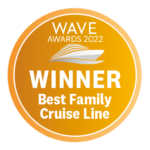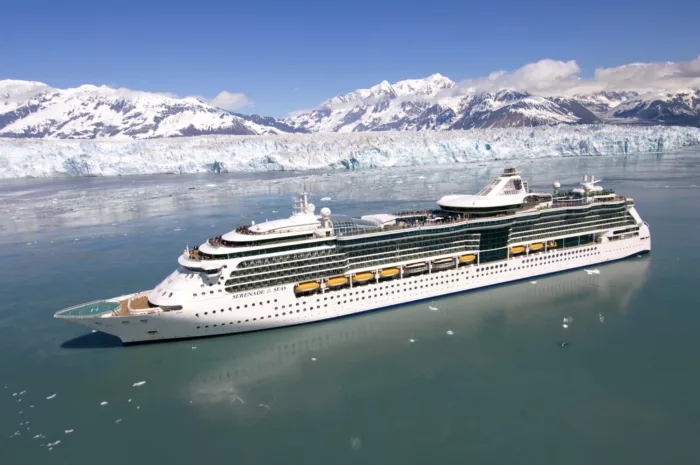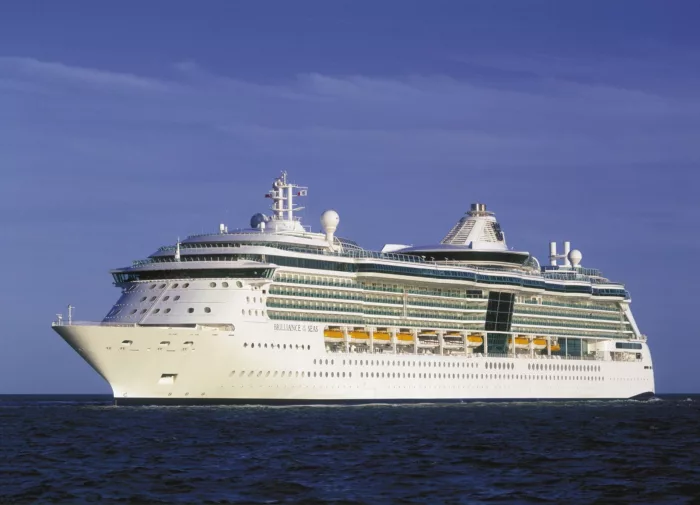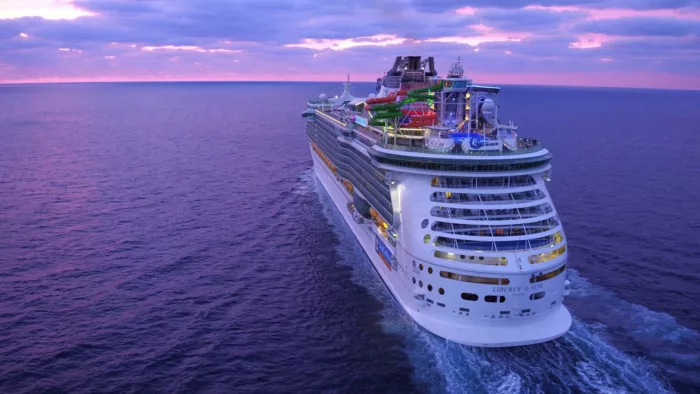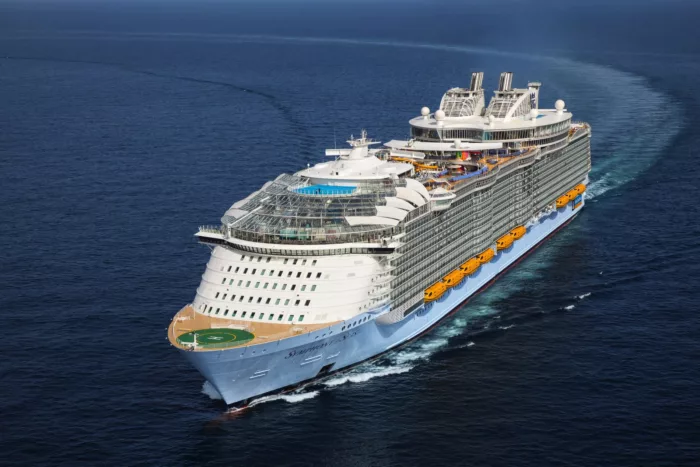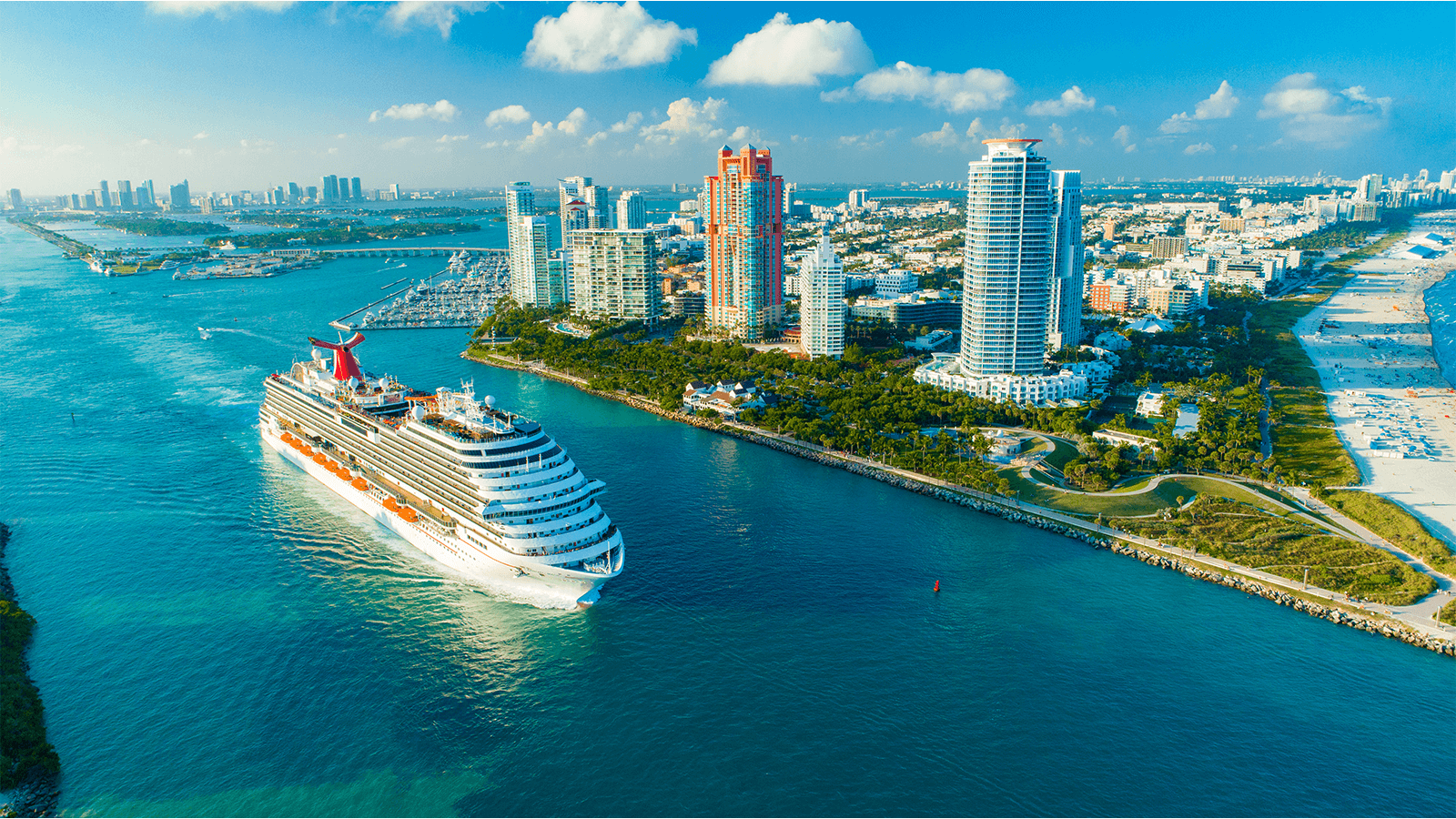
Royal Caribbean International
North American cruise line Royal Caribbean International has an impressive history and global reputation.
The cruise line is famed for its fleet of mega-ships, which consist of Utopia of the Seas, Wonder of the Seas, Harmony of the Seas and more.
Each ship is full to the brim of thrills and entertainment, with the cruise line continuing to innovate.
4905
Passengers
1500
Crew
2014
Launched
2019
Last refit
168666t
Tonnage
348m
Length
41m
Width
22kts
Speed
14
Decks
USD
Currency
Cruise Itinerary
Ship Details


Royal Caribbean International
Quantum of the Seas
Explore natural wonders onboard Quantum of the Seas®.
Cabins
All Prices


